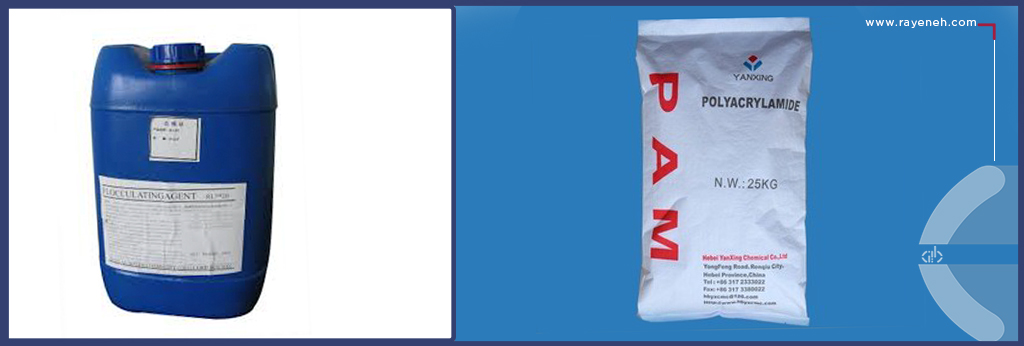
Polyacrylamide, also known as PAM is an organic polymer that consists of acrylamide monomers that are connected to each other at the end. PAM increases the viscosity of water and enables the coagulation of suspended particles in water.
The cation or anion attached to the chemical structure of polyacrylamide determines the type of active charge of the polymer, based on which polymers are divided into three categories: positive, negative and uncharged. The molecular weight and charge intensity of polyelectrolytes have a significant effect on their activity. Uncharged polyelectrolytes are based on pure polyacrylamide and after dissolving in water, they show uncharged properties.
Anionic polyelectrolytes are acrylamide copolymers with enhanced charge properties by sodium acrylate groups, have a negative charge and create a solution with negative charge properties after dissolving in water. Cationic polyelectrolyte is also copolymers of acrylamide along with cationic monomers that increase the positive charge in this category of polymers and create a solution with positive charge properties after dissolving in water.
| Properties | Value |
|---|---|
| Molecular mass | 71.08 g/mol |
| Melting Point | 84.5 °C |
| Appearance | white crystalline solid |
Application
- Water and wastewater treatment
- Agriculture
- Medical
- paper making
- Mine
- Drilling industry
- Food industry
Packing
This chemical is packed in 25 kg bags.
Chemical Formula
- C3H5NO
Other names
- PAMP material (2-propenamide)
